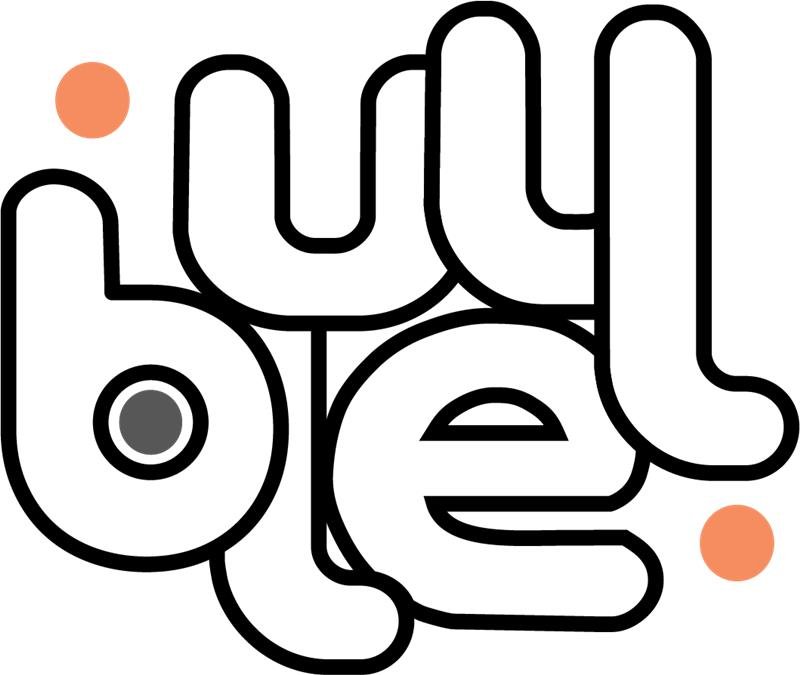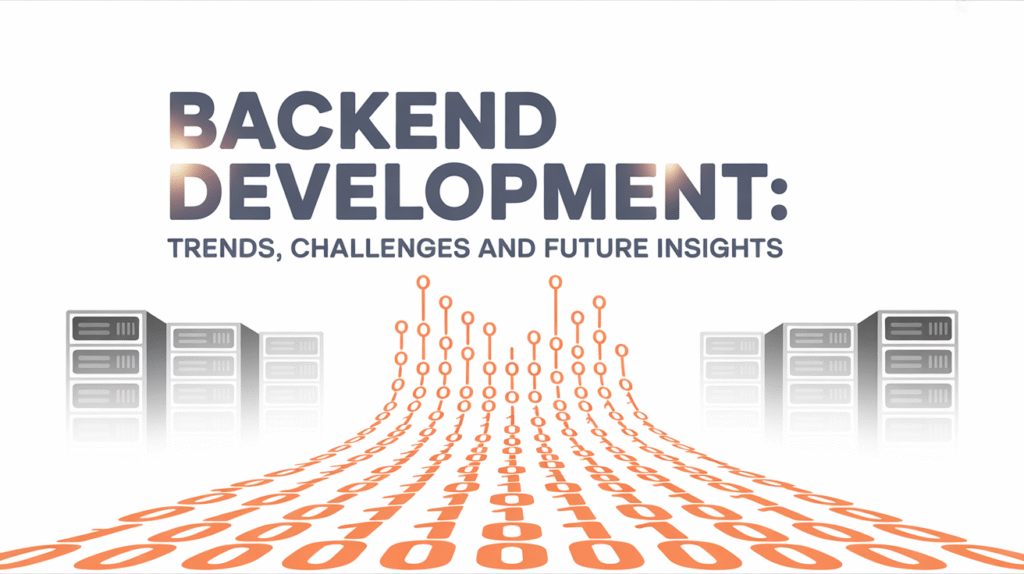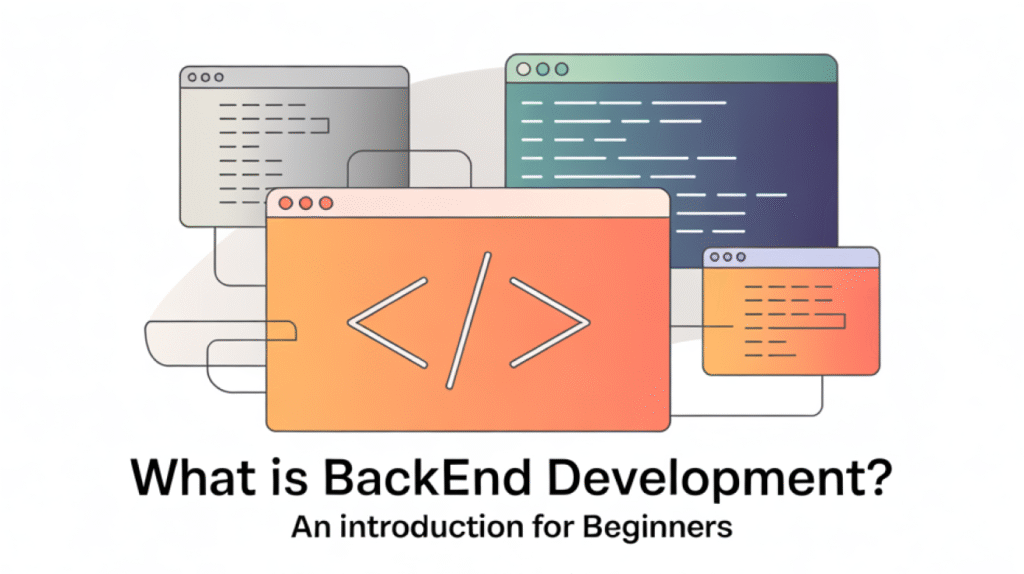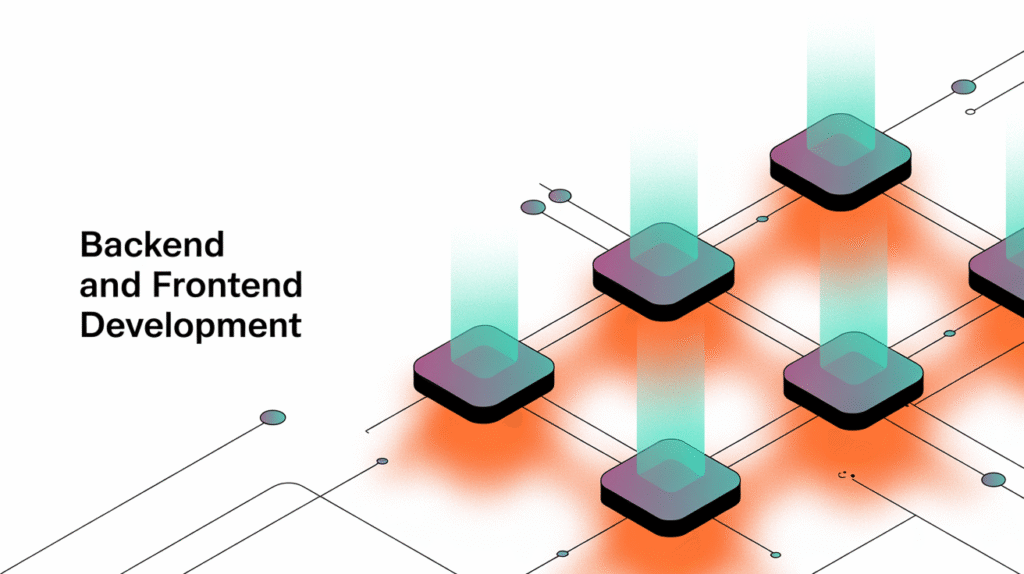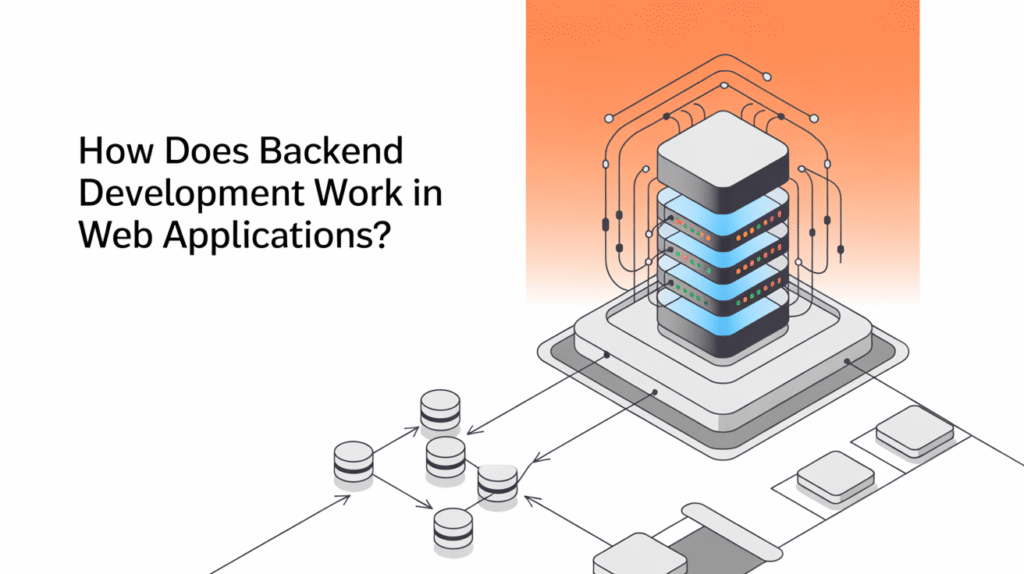- Bluell
- Blog
- Android
How does Backend development work in web applications?
- Development
- 9 min Read
- 19 May 2025
Backend development is an important part of every web application, even if users don’t see it directly.
It’s the process behind the scenes that makes everything possible – from handling database queries to keeping server connections active.
Understanding backend development is crucial for anyone interested in building a website or web application, especially if you are considering hiring a backend development team.
What is Backend Development?
A Minimum Viable Product (MVP) is a product development methodology where a product is launched with the most basic features to quickly test an idea and address user needs. In agile product development, MVP is used to enable rapid iterations and adaptations based on user feedback.
What does MVP mean? It’s an acronym that allows companies to quickly get a product to market with minimal resources and then improve it based on user feedback.
The key components of an MVP include core functionality that solves user problems, a feedback loop to continuously improve the product, and the ability to retain early adopters. This allows companies to create an initial version of the product that both satisfies user needs and provides valuable data for further development without exceeding development costs.
Why develop an MVP?
Backend development is the server-side part of web development. It involves creating the logic, database structures, and server management that support the frontend ( the part that users interact with ).
Without backend development, a website would have no database, no user authentication, or any data to display.
Backend development works alongside frontend development to ensure the website runs smoothly and efficiently.
Main processes in Backend development
1. Server management
Servers are the backbone of every web application. They store and process the website’s data and send it to users’ browsers.
Server management means ensuring that the server operates securely, efficiently, and without downtime.
The backend developer is responsible for configuring the server, managing traffic, and ensuring uptime.
2. Databases and data storage
Databases store important information such as user details, transaction records, or website content.
Backend developers work with databases such as MySQL , PostgreSQL , and MongoDB to manage data and ensure it is retrievable and secure.
Data storage involves CRUD ( Create, Read, Update, Delete ) operations that enable users to interact with the application’s data.
3. API usage
APIs ( Application Programming Interfaces ) are important for communication between frontend and backend.
APIs allow the frontend to request data from the backend, making them one of the most important aspects of backend development.
APIs also make integration with third-party services such as payment gateways or social media possible.
A robust API setup ensures smooth communication and data transfer.
The role of Backend frameworks
Backend frameworks are software tools that simplify the development process.
They come with predefined components and structures that reduce the amount of repetitive code that needs to be written. Popular backend frameworks include:
- Node.js (JavaScript-based)
- Django (Python-based)
- Ruby on Rails (Ruby-based)
- Spring Boot (Java-based)
Each framework has unique features, but all aim to streamline development by offering reusable components and functions.
Security in Backend Development
Backend developers are also responsible for ensuring data security and secure authentication. This includes encryption, OAuth authentication, and data validation.
Protecting sensitive user information and preventing intrusions is a top priority.
For example, HTTPS encryption ensures that data sent between the user and the server is secure.
Popular Backend Technologies
Backend development is based on several programming languages and technologies. Some of the most commonly used backend languages are:
- PHP: A popular server-side scripting language used to create dynamic web pages.
- Python: Known for its simplicity and is often used in backend development, especially for data-heavy applications.
- Java: A versatile language used for large-scale web applications and Android development .
- JavaScript (Node.js): JavaScript can now be used for backend development through Node.js, allowing both frontend and backend to use the same language.
Comparison: Frontend vs. Backend Development
Both parts must work together to create a seamless web experience for users.
Front-end developers focus on what users see, while back-end developers ensure that data is retrieved and displayed correctly and that the website functions optimally.
The Future of Backend Development
Backend development is changing. New trends like microservices and serverless architecture are becoming increasingly popular because they offer scalability and flexibility.
Microservices enable developers to divide applications into smaller, manageable parts, with each service running independently.
Serverless computing eliminates the need to maintain servers, making it easier to scale applications.
Why Backend Development is Crucial for Your Website
Backend development is more than just a technical necessity; it is the foundation of a functional, secure, and user-friendly website.
It’s the engine that powers everything you see on the frontend and ensures that the website remains responsive, secure, and can handle user requests efficiently.
If you’re planning to build a website or improve your current one, understanding backend development is key to making informed decisions about your technology stack and development team.
Ready to Dive Deeper into Backend Development?
For more detailed information on backend development and best practices, check out our complete guide on Backend Development . You can also read more about what backend development is and how it works.
Table of contents
Contact us
Book a call or fill out the form below and we will get back to you once we have processed your request.
